Improved Experimental Pendulum
| SillyOldDuffer | 04/03/2023 20:32:13 |
| 10668 forum posts 2415 photos | This new thread chronicles the revised build of my experimental clock, and this, the MkIV, is intended to incorporate lessons learned and suggestions received. As always, comments and questions welcome. I decided to stay with the same basic format, that is a tripod frame inside a drainpipe that can be evacuated with a vacuum pump, impulsed with a side-mounted electromagnet, and using the existing software. So mainly about improving the mechanical clock.
Plan A was to buy a section of cast-iron round from Noggins End: but I realised I already own a block of cast-iron with a handy cave underneath that can be used to hide the microcontroller: Saves money too, all I had to do was cut it. Alas my dear old angle-grinder wasn't up to the job. Belched smoke much more than in this photo, and it is now a late grinder, pushing up the daisies, kicked the bucket etc. First expense: replacement grinder with a bigger motor, £70, roughly twice what I would have paid Noggin's end for a blank. Anyway, the initial design: Cutting the base was hard work because a 115mm angle grinder doesn't cut deep enough, and I had to finish with a hacksaw, also on the small size. After what seemed like an hour's sawing I had to stop for tea; I'd actually lasted less than 13 minutes. Not as fit as I used to be! Had just enough time to plonk the block on my mill and skim the lower side. Horrible job, nasty hard skin and black dust everywhere. (Halfway through I realised I'd forgotten to put down paper.) Out bashing relatives tomorrow but I may have an hour to make a start on the new suspension: Now I'm filthy, exhausted and bankrupt. I can only hope the effort is worth it! Dave |
| Michael Gilligan | 04/03/2023 20:39:14 |
23121 forum posts 1360 photos | Great start, Dave … I’m looking forward to this ! MichaelG. P.S. __ that casting looks just right for casting big pendulum bobs Are you planning to strip the lead from the local Church roof ? |
| duncan webster | 04/03/2023 21:57:35 |
| 5307 forum posts 83 photos | I'd be tempted to use 4 uprights rather than 3,the side load exerted by the pendulum on the top plate will tend to produce a rotation (I think). When I get time I'll do some sums. 2 A frames would be even better, stiffer. |
| duncan webster | 04/03/2023 22:55:36 |
| 5307 forum posts 83 photos | Removed, it was rubbish! I now don't think it will twist, but A frames or lattice would be a lot stiffer Edited By duncan webster on 04/03/2023 23:07:37 Edited By duncan webster on 04/03/2023 23:09:04 |
| gerry madden | 05/03/2023 10:37:47 |
| 331 forum posts 156 photos | I have just replaced the four heating elements in my toaster. I believe they are fused quartz which if correct might be good for your pendulum if you can find a good way of joining them together. If you can make use of the old ones they are yours! Gerry |
| SillyOldDuffer | 05/03/2023 12:54:53 |
| 10668 forum posts 2415 photos | Posted by duncan webster on 04/03/2023 21:57:35:
I'd be tempted to use 4 uprights rather than 3,the side load exerted by the pendulum on the top plate will tend to produce a rotation (I think). When I get time I'll do some sums. 2 A frames would be even better, stiffer. The jury is still out. John Haine made the same point, but Michael G raised the merits of kinematic design in which 'mechanisms can be defined as assembly of rigid members connected to each other through joints'. It observes that objects have 6 degrees of freedom, and that total rigidity is provided by locking all of them and no more. It suggests the designer shouldn't add structure unless it locks a degree of freedom that's still free. Adding structure that doesn't reduce a degree of freedom is just more weight and complexity, that might reduce a structure's rigidity and strength. Looking at a single column as an example, resting it on a flat base only constrains one degree of freedom - it can't be pushed through the base! But it can be slid sideways or lifted off, ie unconstrained in 5 of 6 directions. Fitting the column into a pocket cut into the base is a considerable improvement. Once located inside the hole, the column can't be moved sideways, it can only be lifted up. All six degrees of freedom are constrained if the column is bolted into the pocket. Or are they? If enough force is applied to the top of the column, it will bend. This can be constrained somewhat, in one direction only, by bolting a crosspiece to a second column: The structure is still weak if the beam is pushed backwards, hence good to add at least one more column and connect all three, forming a tripod, all joints being rigidly fixed together:
I don't believe four columns are any more rigid than three. Four columns are advantageous for reasons I don't need: they open up a rectangular space inside, and - potentially important - four columns can take more weight than three. But my lightweight bob doesn't put much force on the structure. Diagonals would stiffen the structure by preventing the top from rotating relative to the base. This is desirable, but are difficult to build and reduce access to the interior, which is needed to hang the pendulum and adjust the innards. I hope to get away without diagonals. Although my tripod is plenty strong enough, I am worried that it might sway at a resonant frequency. Really bad if my wonderful new design vibrated like the Tacoma Bridge or a bass guitar. I've no idea how to establish the resonant frequency of a tripod, or any other structure. Anyone know? Twanging the end of a steel rule flat with one end held flat on a table shows resonance can be a serious problem in strong structures; I reckon the breaking strain of a steel rule is about 2 tons, yet a gentle push vibrates it enthusiastically. Dave
|
| Michael Gilligan | 05/03/2023 13:29:16 |
23121 forum posts 1360 photos | Posted by SillyOldDuffer on 05/03/2023 12:54:53:
[…] Although my tripod is plenty strong enough, I am worried that it might sway at a resonant frequency. Really bad if my wonderful new design vibrated like the Tacoma Bridge or a bass guitar. I've no idea how to establish the resonant frequency of a tripod, or any other structure. Anyone know? […] . The clever chaps did a lot of Finite Element Analysis when I worked in the vibration test-house … but it was ‘early days’ then, and we got much better value from doing physical Modal Analysis. … something which might be done relatively easily/cheaply these days [no, I haven’t tried] The best approach would probably be to do the test free-free and then estimate what improvement would come from grounding the structure. If this is all new to you, give me a shout and I will try to find some suitable references. [currently working from memory, of things done decades ago] MichaelG. . First Ref. https://www.plm.automation.siemens.com/global/en/our-story/glossary/modal-analysis/13172 Edited By Michael Gilligan on 05/03/2023 13:32:28 |
| Michael Gilligan | 05/03/2023 13:44:50 |
23121 forum posts 1360 photos | In principle … you need a few accelerometers to monitor the response, and something like this to provide a known input: https://www.bksv.com/en/transducers/vibration/impact-hammers/8206 … plus, of course, the necessary computing power. MichaelG. |
| duncan webster | 05/03/2023 14:39:57 |
| 5307 forum posts 83 photos | For a given column size, 4 is obviously stiffer than 3. I'd imagined your columns being a lot more slender than the models above, in which case bending of the columns themselves is the issue, and diagonal bracing would make it a whole lot stiffer. Completely off the wall, you could use 4 very stumpy columns (to give access to the bob and drive, sensors etc) then a tubular member up to the support spring assembly. I know that lack of rigidity can cause issues, I once spent an hour or so trying to get a Pulsynetic to run reliably when it was just stood on its base on a carpet. It worked perfectly when bolted to a solid wall. Some pendulitis sufferer on the web has dug down to bedrock under his house and backfilled with concrete. I wouldn't go that far |
| duncan webster | 05/03/2023 15:16:24 |
| 5307 forum posts 83 photos | To work out resonant frequency you need to know the sideways stiffness of the columns (which your FEA should tell you, overkill or what) and the mass of the columns is significant compared to the top mass, then add half the mass of the columns to the top mass. Then Google resonant frequency of mass on spring. If you haven't sorted it by the time |
| Michael Gilligan | 05/03/2023 15:38:30 |
23121 forum posts 1360 photos | This looks very thorough … and is much more up-to-date than my memory: **LINK** https://dewesoft.com/daq/what-is-modal-analysis MichaelG. . Edit: __ maybe start here: Edited By Michael Gilligan on 05/03/2023 15:56:53 |
| SillyOldDuffer | 05/03/2023 18:07:05 |
| 10668 forum posts 2415 photos | Posted by duncan webster on 05/03/2023 15:16:24:
To work out resonant frequency you need to know the sideways stiffness of the columns (which your FEA should tell you, overkill or what) and the mass of the columns is significant compared to the top mass, then add half the mass of the columns to the top mass... I should be doing urgent housework before eating but I couldn't resist seeing what Solid Edge can do. It supports vibrational analysis, with the following result: So SE thinks the assembly will vibrate naturally at 13.58Hz, and I expect the pendulum to vibrate at 1.2Hz I guess that's OK, but yet again I don't know! Before jumping to conclusions, I need to add all the components, in case they make a difference, and then try and understand it. Could take a few years! Dave
|
| Michael Gilligan | 05/03/2023 19:00:23 |
23121 forum posts 1360 photos | Posted by SillyOldDuffer on 05/03/2023 18:07:05: . So SE thinks the assembly will vibrate naturally at 13.58Hz […] . Frankly, I would be surprised and disappointed if what you have drawn resonated at 13.58Hz … but I tend to ‘fly by the seat of my pants’ so I am perfectly happy to be wrong. Does it show you the mode of vibration ? MichaelG. Edited By Michael Gilligan on 05/03/2023 19:01:41 |
| Michael Gilligan | 05/03/2023 20:18:25 |
23121 forum posts 1360 photos | Dave, As a quick sanity-check in the Lab, we would consider the static deflection of a structure, to predict the frequency of a vibration mode [only really feasible for the basic bending modes] If you put your structure on its side, simply-supported as a beam, you can measure the static deflection … this is, of course directly equivalent to 1g of vibration This site has a simple calculator … **LINK** https://www.modalshop.com/rental/learn/calculators/vibration-calculator Note: You must re-set it between calculations Either do what we did, or just try putting 1g and 13.58Hz into that, and see what deflection it predicts … now compare with what you measure. MichaelG. |
| Michael Gilligan | 05/03/2023 20:28:47 |
23121 forum posts 1360 photos |
. Noted with some embarrassment … because I had been looking at your ‘chunky’ drawings when I made my previous comment. The frequency estimate may be good after-all. MichaelG. |
| John Doe 2 | 06/03/2023 11:20:50 |
441 forum posts 29 photos | All calculations and 6 axis theory aside, your structure of three very thin columns simply does not look rigid enough. The columns might be fixed in 6 axes, but they will still bend and flex along their lengths; allowing the top plate to move sideways in the plane of the pendulum swing. The thin columns are effectively what would remain after a rigid metal tube had been almost completely milled away ! So I think you would be much better off starting with a metal tube, either circular or square cross section, to support the top plate, and mill away some oval shaped slots for access, leaving as much of the tube wall as possible - especially at the top and bottom - whilst allowing you to get in and mount the pendulum and associated components. That would give you a far more rigid structure than those three thin spindly rods, and would remove a potential source of parasitic vibration that you don't want. (Your plastic tube, within which to provide a vacuum, would fit over and around the metal tube.) Edited By John Doe 2 on 06/03/2023 11:24:45 |
| Martin Kyte | 06/03/2023 11:49:58 |
3445 forum posts 62 photos | Perhaps I’m missing something but if you arrange the uprights (3 or 4) to be outside the tube clamping the tube between the top and bottom plate the Tube becomes the rigid member. This gives the option of functionally testing all the electronics without the tube and then fully assembling to test properly. Of course if you bolted the whole lot to a wall by the top plate life would be a lot simpler and the pendulum support much more rigid. I’ll shut up now. regards Martin |
| John Haine | 06/03/2023 14:27:41 |
| 5563 forum posts 322 photos | The other approach would be to have two pendulums swinging in antiphase so the reaction forces cancel out - also nearly insensitive to horizontal support vibration in the plane of swing. The support compliance can become a virtue as it provides coupling. With careful tuning, and if there's enough coupling, only one pendulum needs impulsing. |
| SillyOldDuffer | 06/03/2023 16:00:50 |
| 10668 forum posts 2415 photos | Posted by Martin Kyte on 06/03/2023 11:49:58:
Perhaps I’m missing something but if you arrange the uprights (3 or 4) to be outside the tube clamping the tube between the top and bottom plate the Tube becomes the rigid member. This gives the option of functionally testing all the electronics without the tube and then fully assembling to test properly. Of course if you bolted the whole lot to a wall by the top plate life would be a lot simpler and the pendulum support much more rigid. I’ll shut up now. regards Martin Please don't shut up, that's a valid suggestion. I've gone with floor-standing because I don't have a suitable wall, not because I believe a tripod to be best approach. Running the pendulum in a vacuum and the need for access during set-up are influences too. When the clock is evacuated, or the vacuum leaks over time, I expect the tube to move, which would disturb time-keeping if the pendulum was supported by it. So, at the moment, the tube only connects at the base. John Doe's solid cylinder idea would provide excellent rigidity, but horrible access problems. I base the comment on experience with the Mk1 clock, where the tripod fitted inside a 68mm diameter drainpipe. Left precious little room for the internals and my fat fingers. Even the anti-buckling ring was a nuisance. I'm almost persuaded to go with four pillars. Not needed for strength, but rigidity is important. Not much work either. Meanwhile, metal mangling not going as well as it might have done. Strictly speaking only the top needs to be machined, but I'm tidying up. The base machined OK, and I flipped the block to do the top. I rip the scale off with a carbide cutter, then finish with HSS. On top, the scale is thicker, and the casting surface ponded slightly. I should have gone deeper with the carbide because cleaning up the rough cut shows I didn't get down to bare metal over about half the area. Not the end of the world, but machining scaly cast-iron is a dirty job and unkind to cutters! Apologies for the chunky tripod post. Intended to explain and clarify, it did the opposite. I was pleased to find SE includes vibrational analysis, but can't claim to understand it. It can do 3 modes which I haven't explored because I crashed it last night attempting an analysis with the tube cover fitted. SE goes through a number of set-up stages before doing the analysis, and I guessed, which often ends in tears. Dave Dave
Edited By SillyOldDuffer on 06/03/2023 16:01:39 |
| duncan webster | 06/03/2023 16:28:31 |
| 5307 forum posts 83 photos | I think John Doe's suggestion and mine are essentially the same, a support tube with access top and bottom, in my case by mounting on 4 short fat pillars, in JD's by cutting access holes. This is not the vacuum tube, that fits over later. However it's SOD who is making it, so it's up to him. |
Please login to post a reply.
Want the latest issue of Model Engineer or Model Engineers' Workshop? Use our magazine locator links to find your nearest stockist!
Sign up to our newsletter and get a free digital issue.
You can unsubscribe at anytime. View our privacy policy at www.mortons.co.uk/privacy
- hemingway ball turner
04/07/2025 14:40:26 - *Oct 2023: FORUM MIGRATION TIMELINE*
05/10/2023 07:57:11 - Making ER11 collet chuck
05/10/2023 07:56:24 - What did you do today? 2023
05/10/2023 07:25:01 - Orrery
05/10/2023 06:00:41 - Wera hand-tools
05/10/2023 05:47:07 - New member
05/10/2023 04:40:11 - Problems with external pot on at1 vfd
05/10/2023 00:06:32 - Drain plug
04/10/2023 23:36:17 - digi phase converter for 10 machines.....
04/10/2023 23:13:48 - More Latest Posts...
- View All Topics
- Reeves** - Rebuilt Royal Scot by Martin Evans
by John Broughton
£300.00 - BRITANNIA 5" GAUGE James Perrier
by Jon Seabright 1
£2,500.00 - Drill Grinder - for restoration
by Nigel Graham 2
£0.00 - WARCO WM18 MILLING MACHINE
by Alex Chudley
£1,200.00 - MYFORD SUPER 7 LATHE
by Alex Chudley
£2,000.00 - More "For Sale" Ads...
- D1-3 backplate
by Michael Horley
Price Not Specified - fixed steady for a Colchester bantam mark1 800
by George Jervis
Price Not Specified - lbsc pansy
by JACK SIDEBOTHAM
Price Not Specified - Pratt Burnerd multifit chuck key.
by Tim Riome
Price Not Specified - BANDSAW BLADE WELDER
by HUGH
Price Not Specified - More "Wanted" Ads...
Do you want to contact the Model Engineer and Model Engineers' Workshop team?
You can contact us by phone, mail or email about the magazines including becoming a contributor, submitting reader's letters or making queries about articles. You can also get in touch about this website, advertising or other general issues.
Click THIS LINK for full contact details.
For subscription issues please see THIS LINK.
Model Engineer Magazine
- Percival Marshall
- M.E. History
- LittleLEC
- M.E. Clock
ME Workshop
- An Adcock
- & Shipley
- Horizontal
- Mill
Subscribe Now
- Great savings
- Delivered to your door
Pre-order your copy!
- Delivered to your doorstep!
- Free UK delivery!

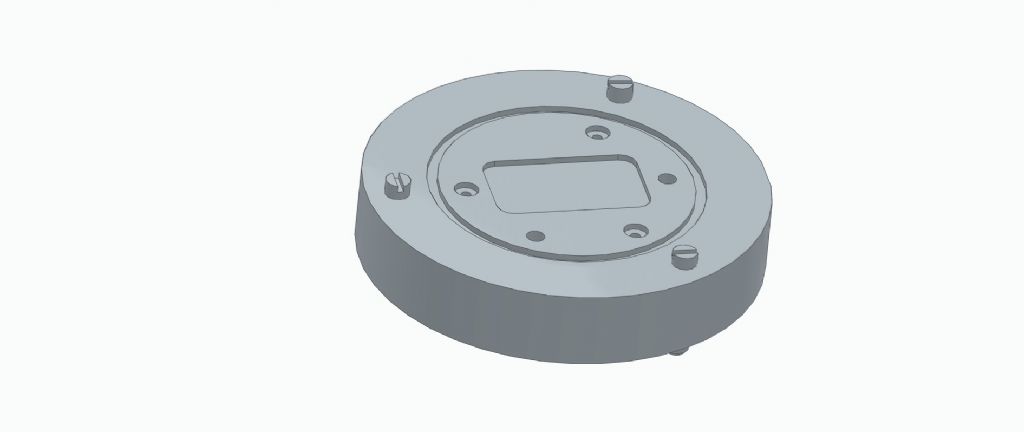
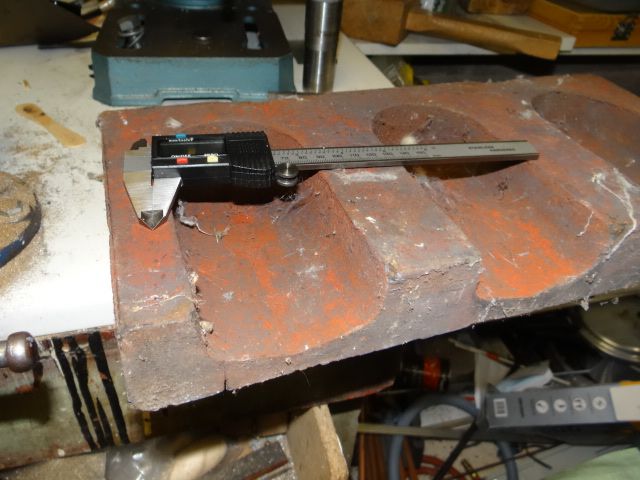

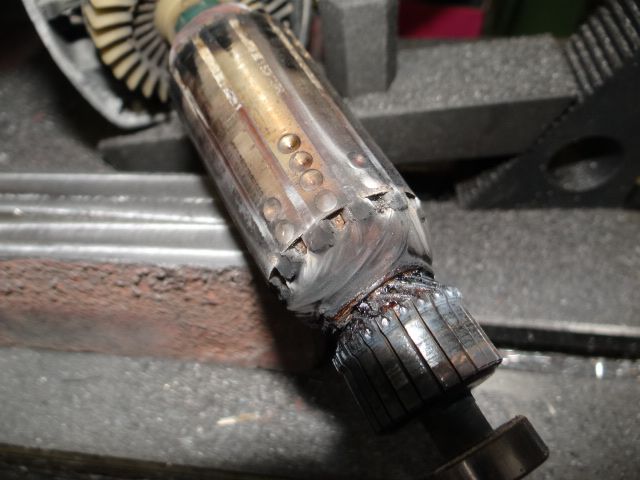

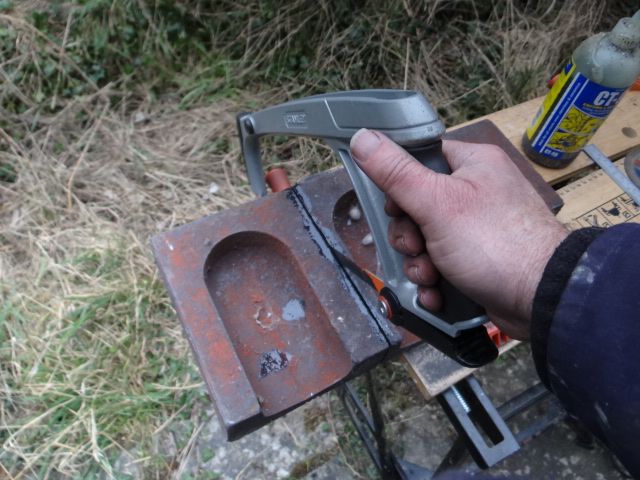
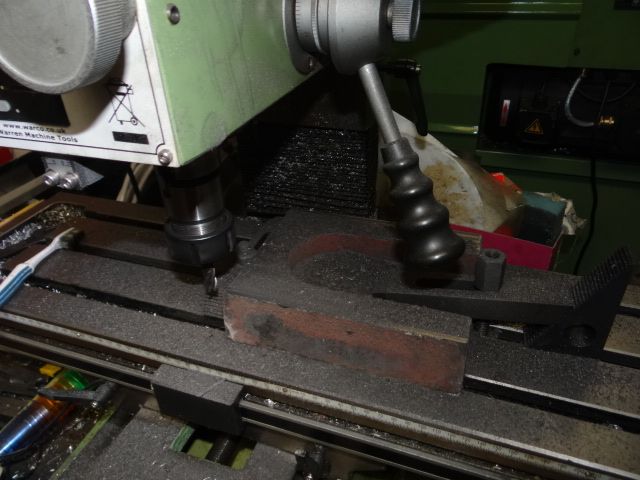

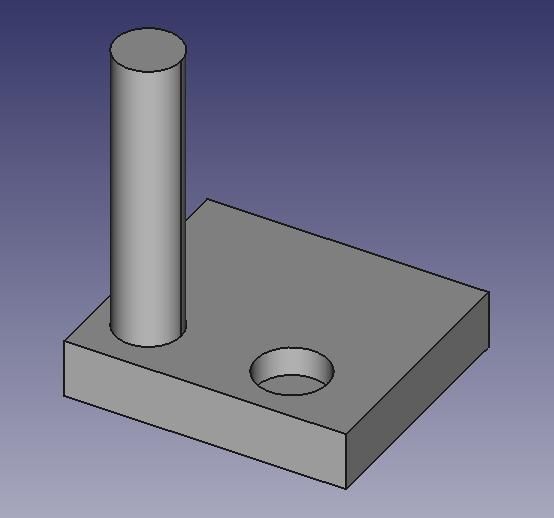


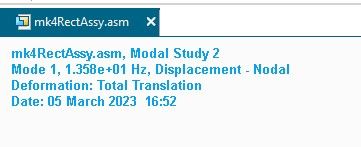
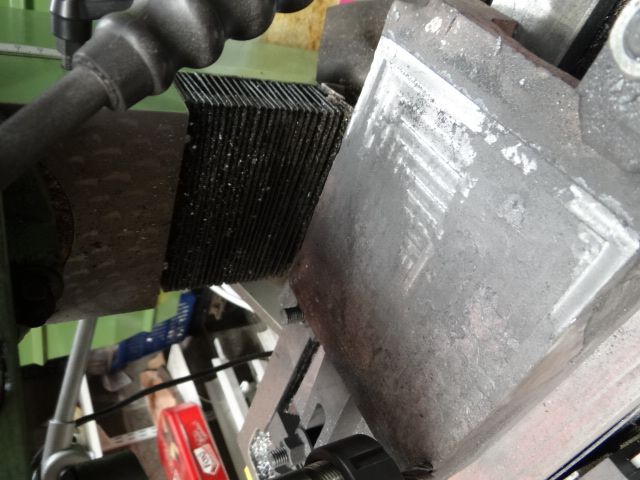









 Register
Register Log-in
Log-in


